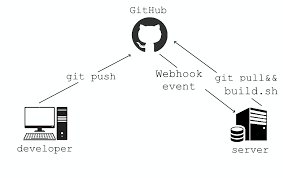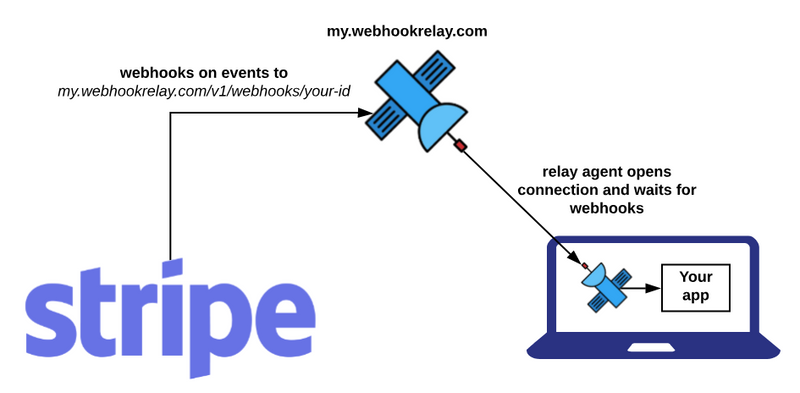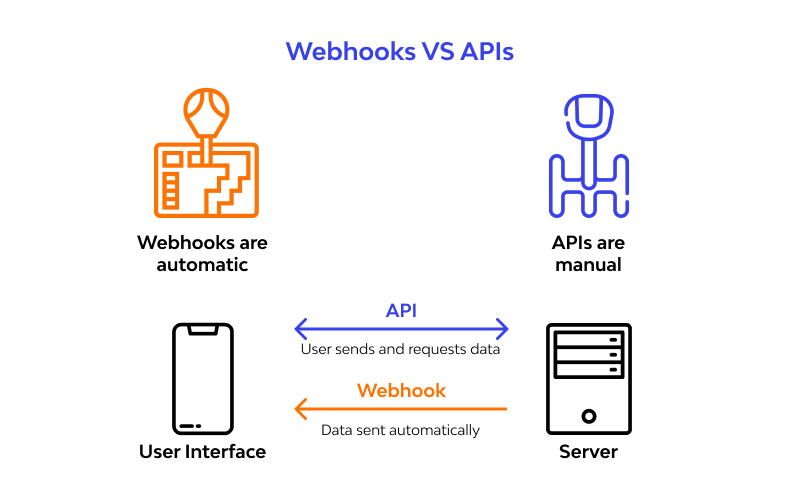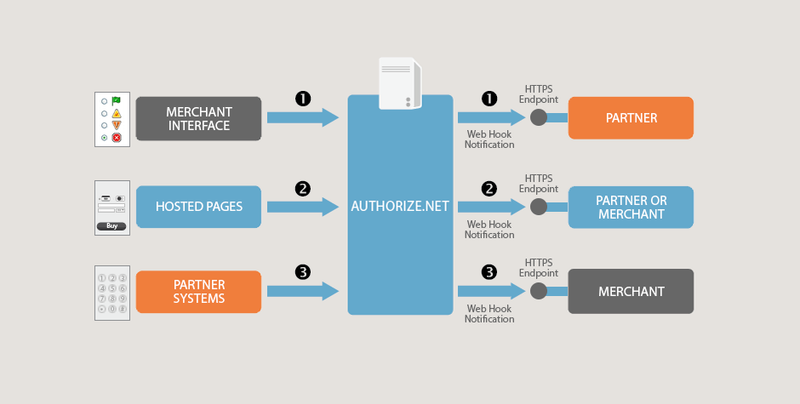When webhook triggers ?
Real example of Webhook Concept
A webhook is a way for one system to send real-time data to another system as soon as an event occurs. It allows for seamless integration between different applications or services, enabling them to communicate and share information instantly. Here's a breakdown of how webhooks work with real-time examples:
Basic Concept:
- A webhook is essentially a way for one application to notify another application when a specific event occurs.
Instead of one system constantly polling or checking for updates, the system that needs information subscribes to events, and the provider sends the data when an event happens
.
Real-Time Example - GitHub Webhooks:GitHub provides webhooks to notify external systems about events that occur in a repository.
For example, when a new code commit is pushed to a repository, GitHub can send a webhook payload to a specified URL.
This allows external services (like CI/CD pipelines) to automatically trigger actions based on code changes
Real-Time Example - Stripe Webhooks:
- Stripe, a payment processing platform, uses webhooks to notify your server about events related to your account.
- For instance, when a customer makes a successful payment, Stripe can send a webhook to your server with details about the payment.
- Your server can then update the database, send confirmation emails, or perform any other necessary actions in response to the payment
Setting Up a Webhook:
- To use webhooks, you typically need to register a URL endpoint with the provider that will be sending the notifications.
- This URL is where the provider will send HTTP POST requests containing the relevant data.
You may need to configure the types of events you're interested in receiving
.
Security Considerations:Webhooks often include a mechanism for verifying the authenticity of the incoming requests, like using a secret key or signature.
This ensures that the data received is indeed from the expected source and hasn't been tampered with
Real-Time Example - Slack Incoming Webhooks:
- Slack allows external services to send messages into a Slack channel using incoming webhooks.
- When an event occurs (e.g., a task is completed, a build is successful), a service can send a POST request to the Slack incoming webhook URL with the message details.
- This enables real-time updates and notifications in a Slack channel . In summary, webhooks facilitate real-time communication between different systems, allowing them to stay synchronized and respond promptly to events. The examples provided (GitHub, Stripe, Slack) showcase how webhooks are used in various contexts to enable seamless integration and automation.






Top comments (0)